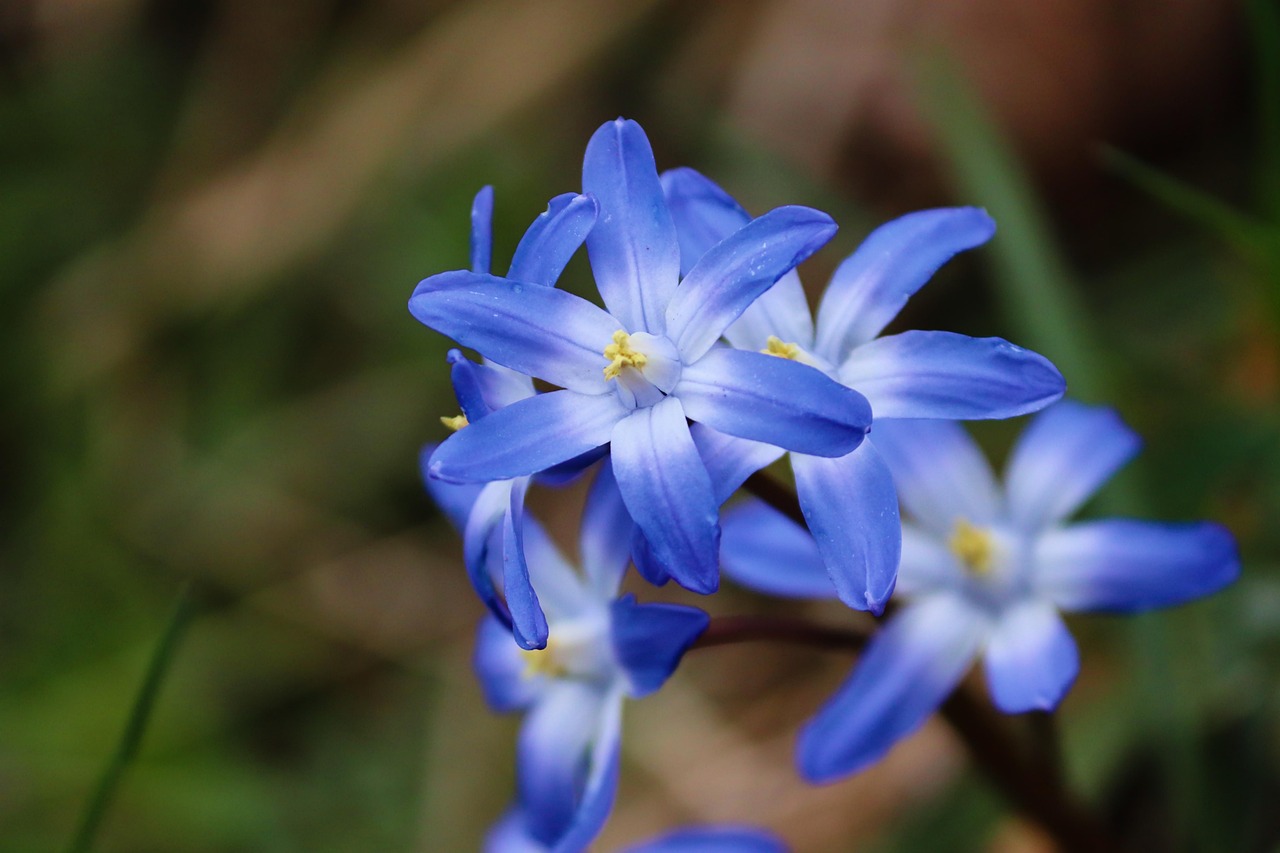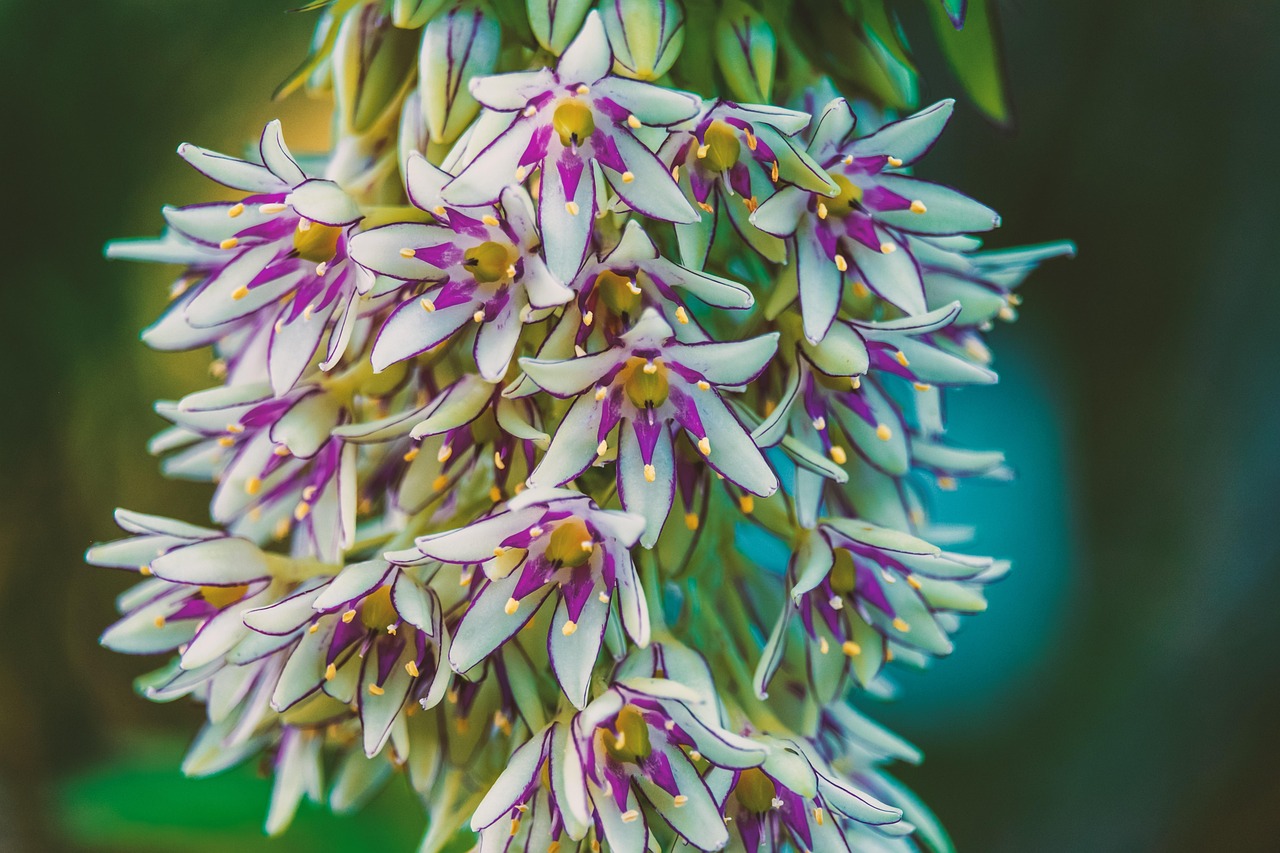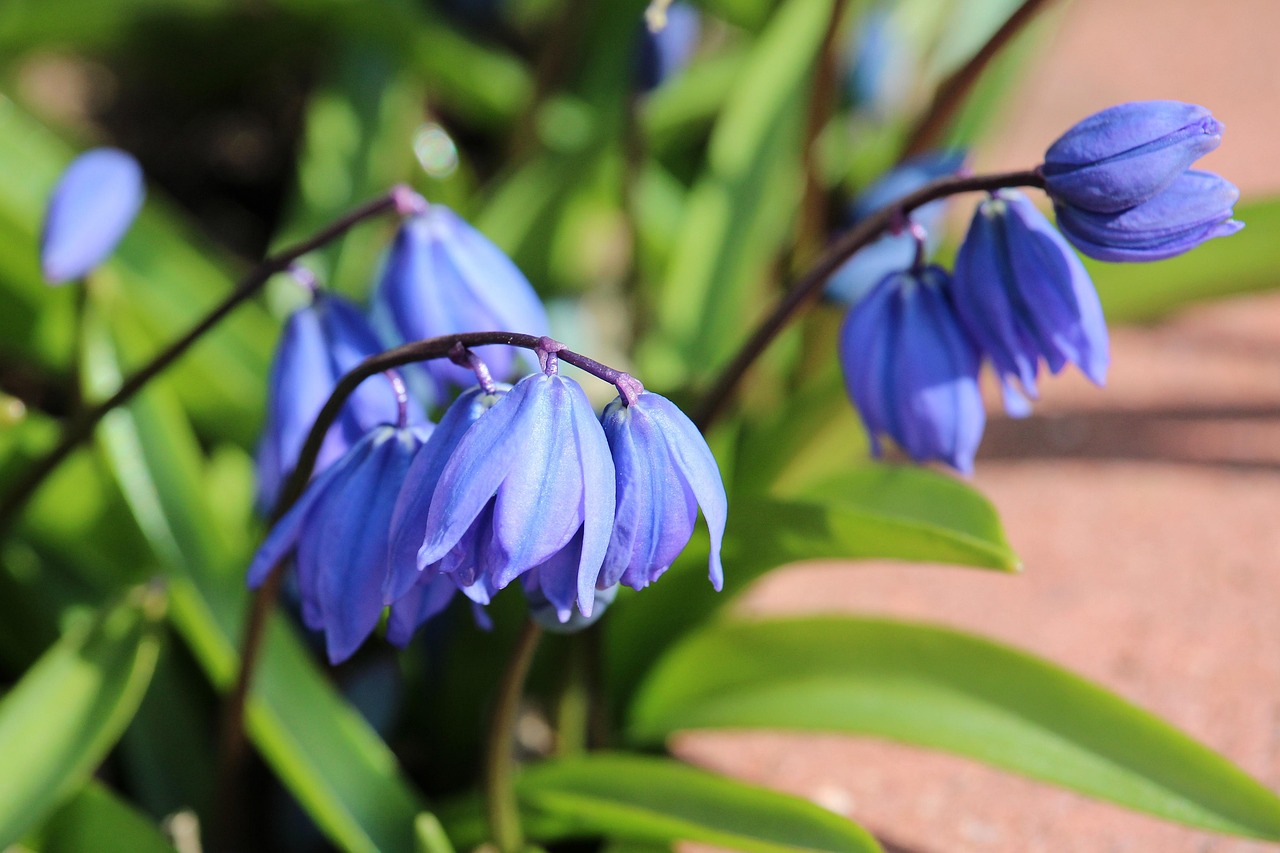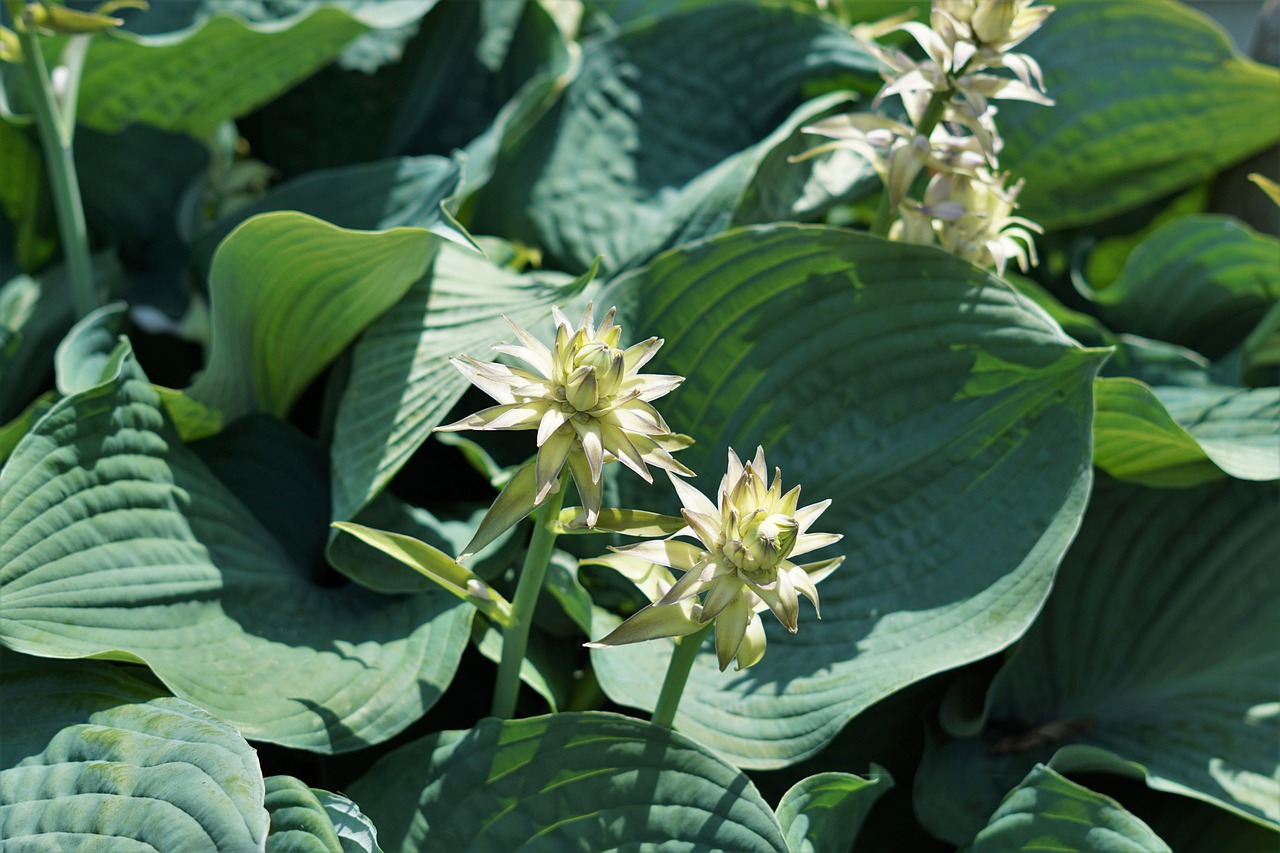Lily of the Valley | The Flower of Happiness Dedicated to “La Fête du Muguet”
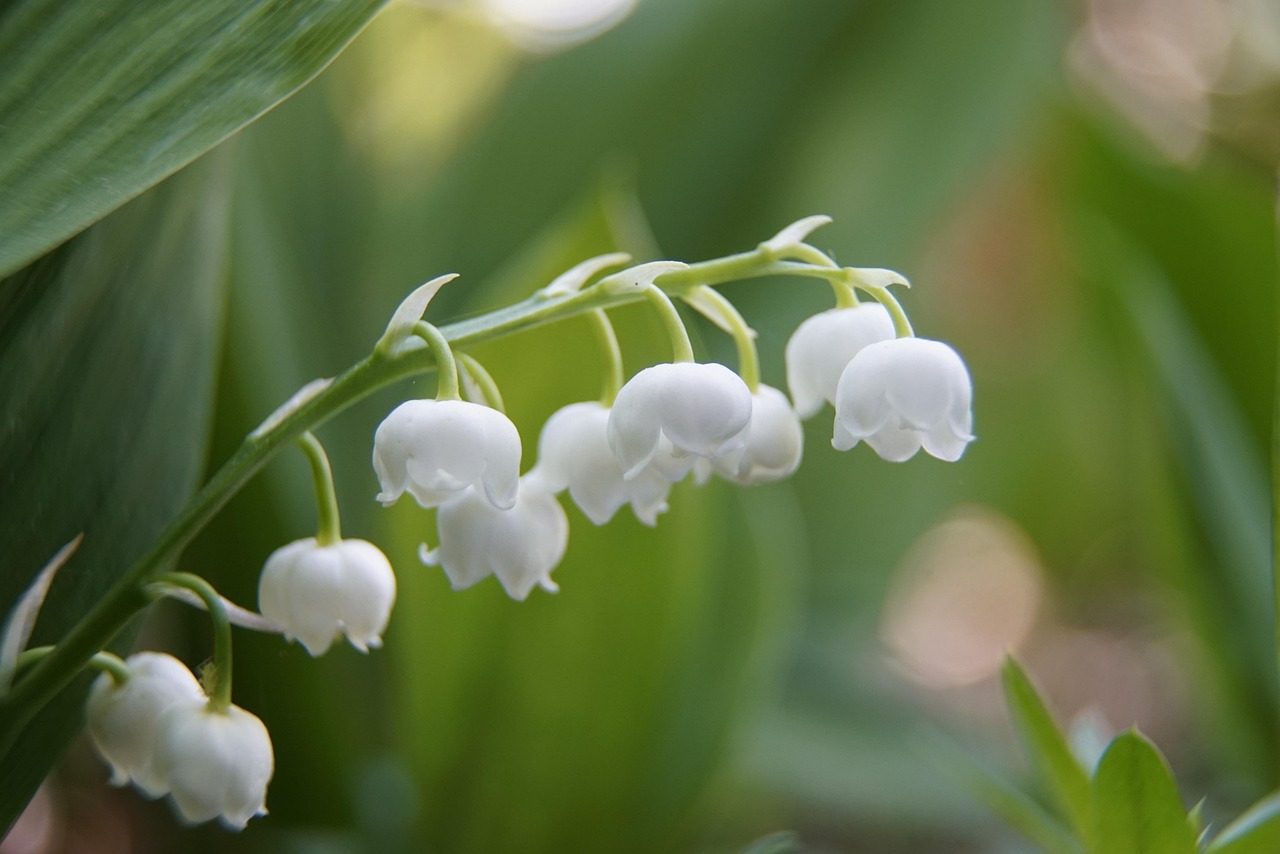
The lily of the valley is a perennial plant that produces charming, bell-shaped white flowers. Thanks to its fragrance and delicate appearance, it is considered in many countries as a symbol of the arrival of spring.
It is a plant that can be enjoyed both in the garden and in pots, and with proper care, it will bloom beautifully year after year.
In this article, I will provide detailed information about the lily of the valley, including its basic characteristics, cultural and historical significance, and tips for cultivation.
Basic Information
- Scientific name: Convallaria majalis
- Family: Asparagaceae
- Origin: Europe, Asia, North America
- Appearance: From among its long, narrow leaves rise stems bearing clusters of small, fragrant, bell-shaped white flowers. There are also varieties with pink blossoms.
- Blooming season: Spring (April–June)
Cultural Significance Around the World
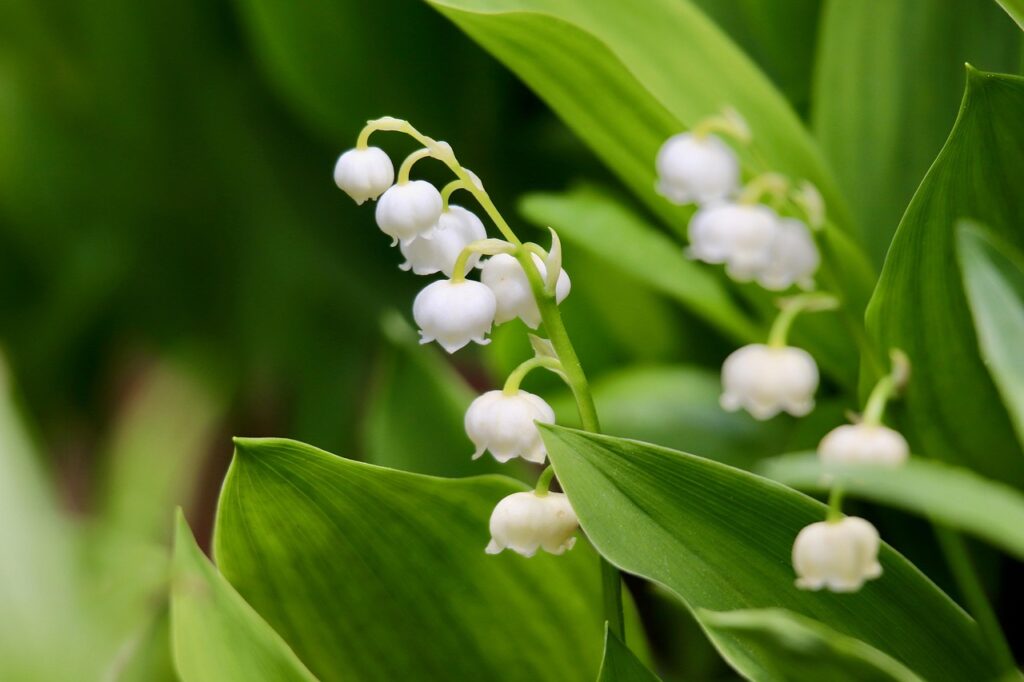
The lily of the valley has long been cherished worldwide as a flower symbolizing happiness and purity.
In France, it is customary to offer lilies of the valley to loved ones on May 1st, a tradition widely known as “La Fête du Muguet.” It is believed that receiving these flowers on this day brings good fortune.
In Germany and the Nordic countries, the lily of the valley is strongly associated with spring and is often used as decoration at weddings and festivals.
In the United Kingdom, the flower has appeared in royal wedding bouquets, symbolizing purity and sincere love.
In Japan, its graceful and refined appearance makes it a popular choice for gardens and potted plants.
Historical Episodes
The lily of the valley has been known since ancient Greek and Roman times and appears in myths and legends.
In Greek mythology, it is said that Artemis, the goddess of the forest, cherished this flower, which was therefore regarded as sacred.
During the Middle Ages in Europe, it became a symbol of the Virgin Mary and was often planted in monastery and church gardens.
In France, the flower also held a special place in royal culture. In the 16th century, King Charles IX was presented with lilies of the valley on May 1st, after which he began the custom of offering them annually to the ladies of the court. This practice spread among the people and eventually gave rise to today’s “La Fête du Muguet.”
In the 19th century, breeders in England and Germany developed new varieties, further enhancing its popularity as a garden plant.
By the 20th century, the fragrance of the lily of the valley had become a key element in French perfumery, being featured in many creations by famous brands.
Gardening Advice
The lily of the valley is a hardy perennial that will bloom each year if grown in suitable conditions. Here are some important tips:
Light
Prefers partial to full shade. Strong direct sunlight may damage the leaves, so planting under trees or on the north side of buildings is recommended.
Watering
Keep the soil slightly moist. Water when the surface begins to dry, and avoid extreme dryness.
Soil
Well-drained but moisture-retentive soil enriched with leaf mold is ideal.
Fertilizer
Apply a slow-release fertilizer at planting. During the growing season, a liquid fertilizer once a month will encourage better flowering.
Hardiness
It can survive even in cold climates. Although the aerial parts wither in winter, new shoots will appear the following spring.
Conclusion
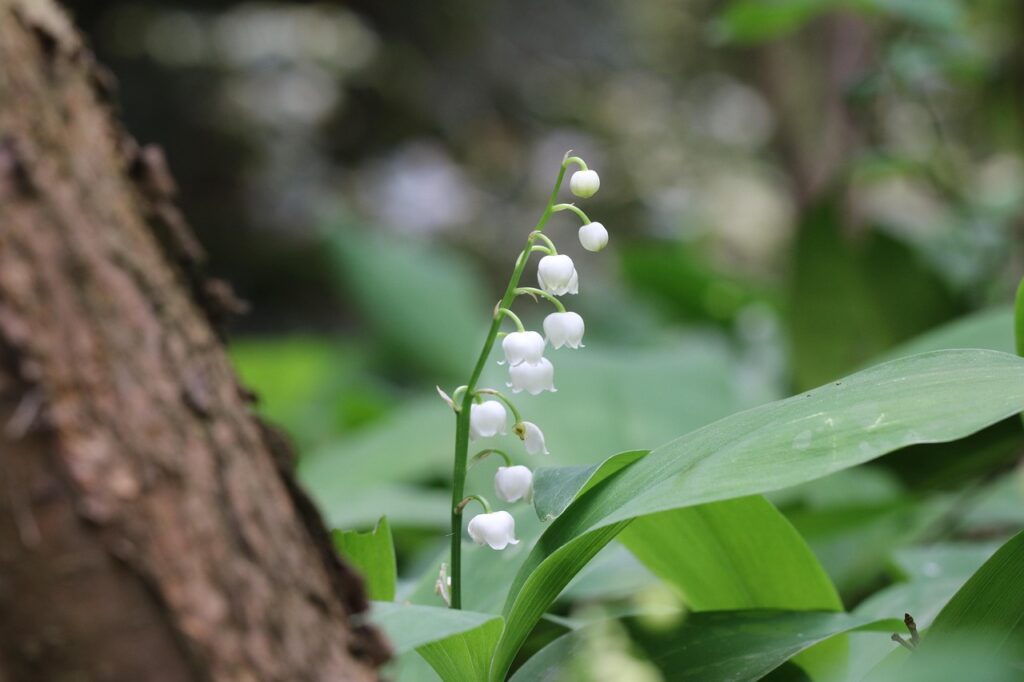
The lily of the valley has long captivated people with its delicate blossoms and sweet fragrance.
In France, it is known as the flower of “La Fête du Muguet,” while across Europe it represents happiness and purity.
From its presence in Greek mythology and medieval religious traditions to its role in French royal culture, the lily of the valley has held a special significance throughout history.
Since the 19th century, it has gained further popularity as an ornamental plant, and in the 20th century, it became an essential note in the world of perfumery.


